
In 1853, chemist Charles Frédéric Gerhardt treated sodium salicylate with acetyl chloride to produce acetylsalicylic acid for the first time; in the second half of the 19th century, other academic chemists established the compound's chemical structure and devised more efficient methods of synthesis. In 1897, scientists at the drug and dye firm Bayer began investigating acetylsalicylic acid as a less-irritating replacement for standard common salicylate medicines, and identified a new way to synthesize it. By 1899, Bayer had dubbed this drug Aspirin and was selling it globally. The word Aspirin was Bayer's brand name, rather than the generic name of the drug; however, Bayer's rights to the trademark were lost or sold in many countries. Aspirin's popularity grew over the first half of the 20th century leading to fierce competition with the proliferation of aspirin brands and products.
Aspirin's popularity declined after the development of acetaminophen/paracetamol in 1956 and ibuprofen in 1962. In the 1960s and 1970s, John Vane and others discovered the basic mechanism of aspirin's effects, while clinical trials and other studies from the 1960s to the 1980s established aspirin's efficacy as an anti-clotting agent that reduces the risk of clotting diseases. The initial large studies on the use of low-dose aspirin to prevent heart attacks that were published in the 1970s and 1980s helped spur reform in clinical research ethics and guidelines for human subject research and US federal law, and are often cited as examples of clinical trials that included only men, but from which people drew general conclusions that did not hold true for women.
Aspirin sales revived considerably in the last decades of the 20th century, and remain strong in the 21st century with widespread use as a preventive treatment for heart attacks and strokes.
Bayer lost its trademark for Aspirin in the United States in actions taken between 1918 and 1921 because it had failed to use the name for its own product correctly and had for years allowed the use of "Aspirin" by other manufacturers without defending the intellectual property rights. Today, aspirin is a generic trademark in many countries.Aspirin, with a capital "A", remains a registered trademark of Bayer in Germany, Canada, Mexico, and in over 80 other countries, for acetylsalicylic acid in all markets, but using different packaging and physical aspects for each.
Aspirin is used in the treatment of a number of conditions, including fever, pain, rheumatic fever, and inflammatory conditions, such as rheumatoid arthritis, pericarditis, and Kawasaki disease. Lower doses of aspirin have also been shown to reduce the risk of death from a heart attack, or the risk of stroke in people who are at high risk or who have cardiovascular disease, but not in elderly people who are otherwise healthy. There is some evidence that aspirin is effective at preventing colorectal cancer, though the mechanisms of this effect are unclear. In the United States, the selective initiation of low-dose aspirin, based on an individualised assessment, has been deemed reasonable for the primary prevention of cardiovascular disease in people aged between 40 and 59 who have a 10% or greater risk of developing cardiovascular disease over the next 10 years and are not at an increased risk of bleeding.
If you want to read a lot more about aspirin, go here:
https://en.wikipedia.org/wiki/Aspirin
This recipe is very special to everyone in the Test Kitchen because it's a dish Howard's mother was in charge of making! This traditional Jewish recipe is going to be the highlight of your next family get together, whether you're celebrating Rosh Hashanah or just trying to enjoy a tasty meal. Delicious sweet potatoes and a few other, somewhat surprising, ingredients are all you need to make our totally unforgettable Old-World Harvest Casserole.
- 2 (29-ounce) cans sweet potatoes, drained
- 2 (14-1/2-ounce) cans whole carrots, drained
- 1 (20-ounce) can pineapple chunks, drained
- 1 1/2 cups pitted dry prunes
- 1/2 cup orange juice
- 3/4 cup honey
- 1/2 stick (1/4 cup) butter, melted
- 1 teaspoon salt
- Preheat oven to 350º.
- Coat a 2-quart casserole dish with cooking spray. In a large bowl, combine the ingredients; mix well.
- Spoon mixture into casserole dish.
- Bake uncovered 60 to 65 minutes or until heated through, stirring occasionally.
- ***We know, this may sound a …well just let’s say, a bit odd, but let me assure you it’s anything but. Our favorite part is when the topping of this gets a bit toasty, which gives it a nutty rich flavor. To ensure there is plenty of this part to go around, we suggest baking this on the top rack of your oven.
We used to go to Rau's down on Beverly Blvd to get Jerry's cigars. Hand rolled with Cuban tobacco by Cuban ladies!
1928 – Anthony Franciosa, American actor (d. 2006)






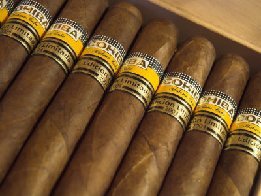
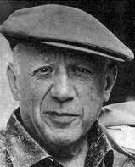
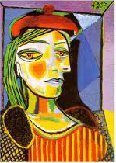
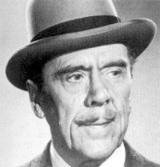

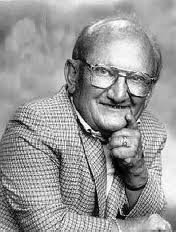
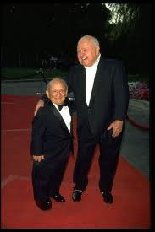
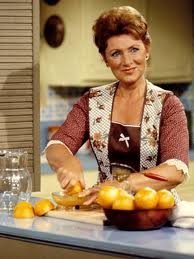
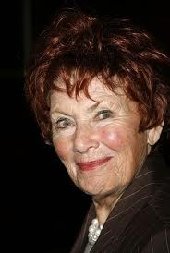








No comments:
Post a Comment